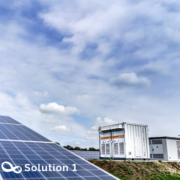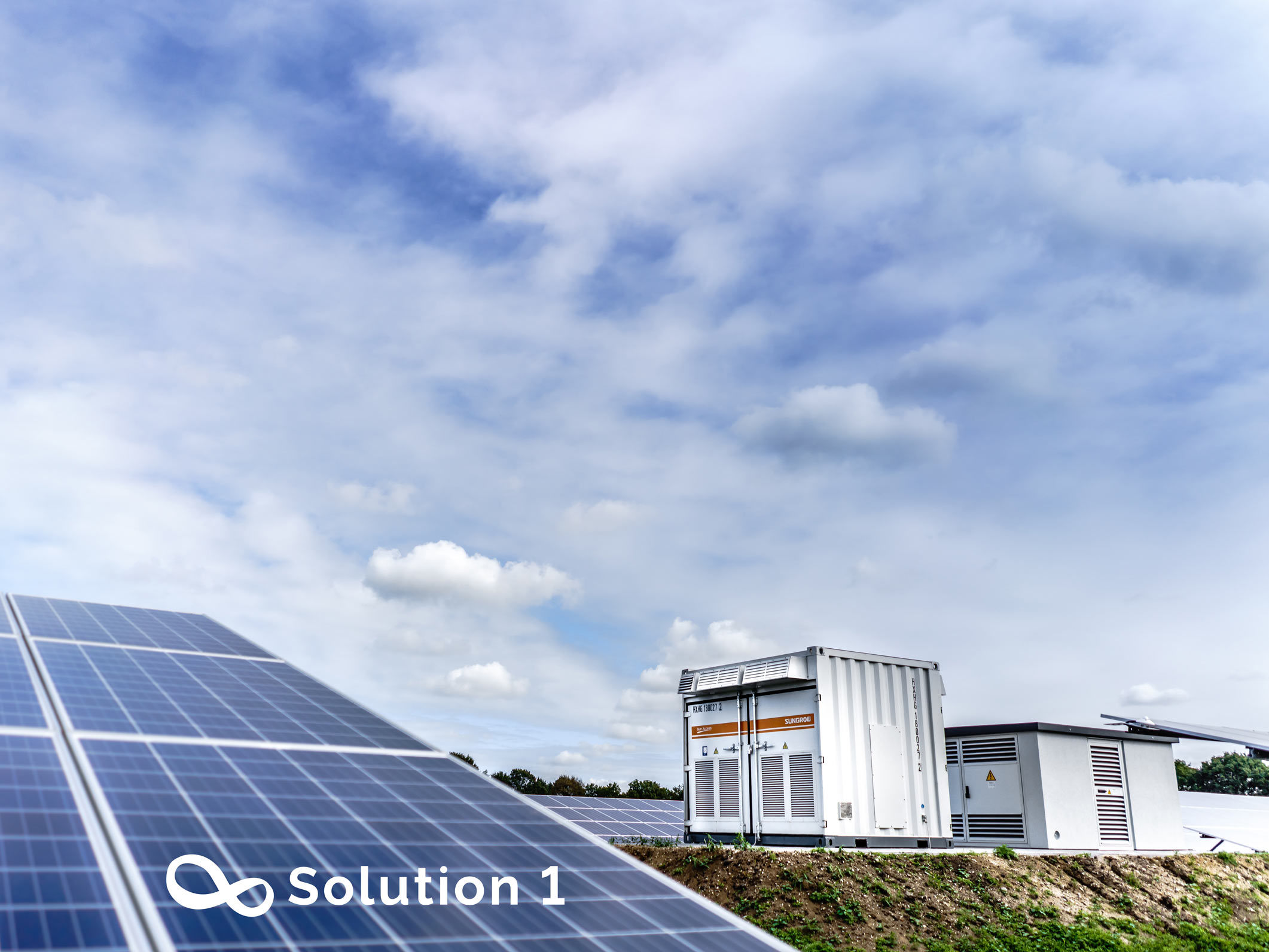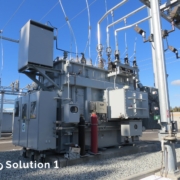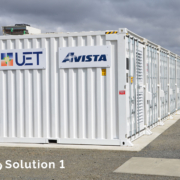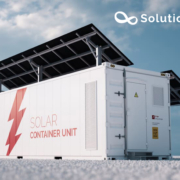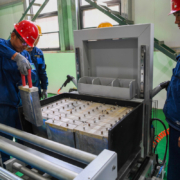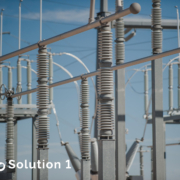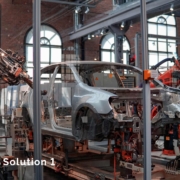Europe and Asia are improving the electrical grid and buffer capacities.
- The grid would more flexible to integrate increased electricity generation from renewable sources and more efficient and reactive to meet future demands.
Nowadays, the awareness of self-sustainability and energy supply resilience is increasing, especially in Europe and Asia, which are highly dependent on imported energy, causing a socioeconomic and political vulnerability.
Renewables are getting attention due to their being more sustainable and economically feasible for small investors and households. However, being dispersed and having intermittent electricity production, they are challenging to supply network resilience and stability.
International agreements such as the Paris agreement and the EU New Green Deal all promote the rise of the share of renewables in the energy mix with the final goal to achieve climate neutrality and a zero-carbon energy production system. Zero-emission mobility is also one of the embraced goals.
In the near future, dispersed renewables, such as PV power plants, will produce sufficient electricity for energy use in households and even exceed it and become huge players in the energy industry. However, because solar radiation depends on weather and season, efficient storage of excess electricity is crucial for system stability and sustainable business operations in energy systems based on renewables.
Households that invested in photovoltaic power plants are of particular importance for system stability and can become electricity self-sufficient, especially if they also have their EVs with appropriate batteries.
Even if the interest in sustainable technologies for electricity production is increasing for the general population, there is still a worldwide challenge of saving energy and managing excess electricity in times of large output and covering shortages in low or zero production time.
PV power plant’s electricity output varies throughout the day. Maximum production is reached on sunny days with no clouds between 11 am and 4 pm, and the temperature of PV would influence productivity. Some solar systems generate twice the electricity in Summer than in the days of Winter.
Since most of the electricity is used in the morning hours and evenings, much excess electricity is not being used efficiently or is even lost through the day or stored. In fact, in the mornings and evenings, when the solar panels do not work at their full power and electricity is needed, electricity can be supplied to the grid from the battery energy storage systems at that moment.
Grid-connected battery energy storage systems linked to transient renewable energy sources, such as solar photovoltaic generation, and wind power contribute to the integration of renewable energy into the grid, which is important to Sustainable Development Goals.
By enabling to replacement of fossil fuels with renewable energy, also in mobile applications, political agendas are driving battery demand. Batteries are an increasingly used storage technology due to their flexibility in placement, scalability, and maintenance-free operation.
Combined with energy management strategies, such as peak load shaving, load shifting, electricity arbitrage, and solar PV generation with self-consumption, battery energy storage systems also benefit the power system by sophistically balancing the demand and supply of electricity on the demand side.
Battery energy storage systems can provide various services that achieve economic savings and are currently becoming an increasingly profitable investment. However, the potential economic benefits of battery energy storage systems investment rely on several parameters connected to the costs of investment, savings achieved through EM strategies, and end-of-life management.

